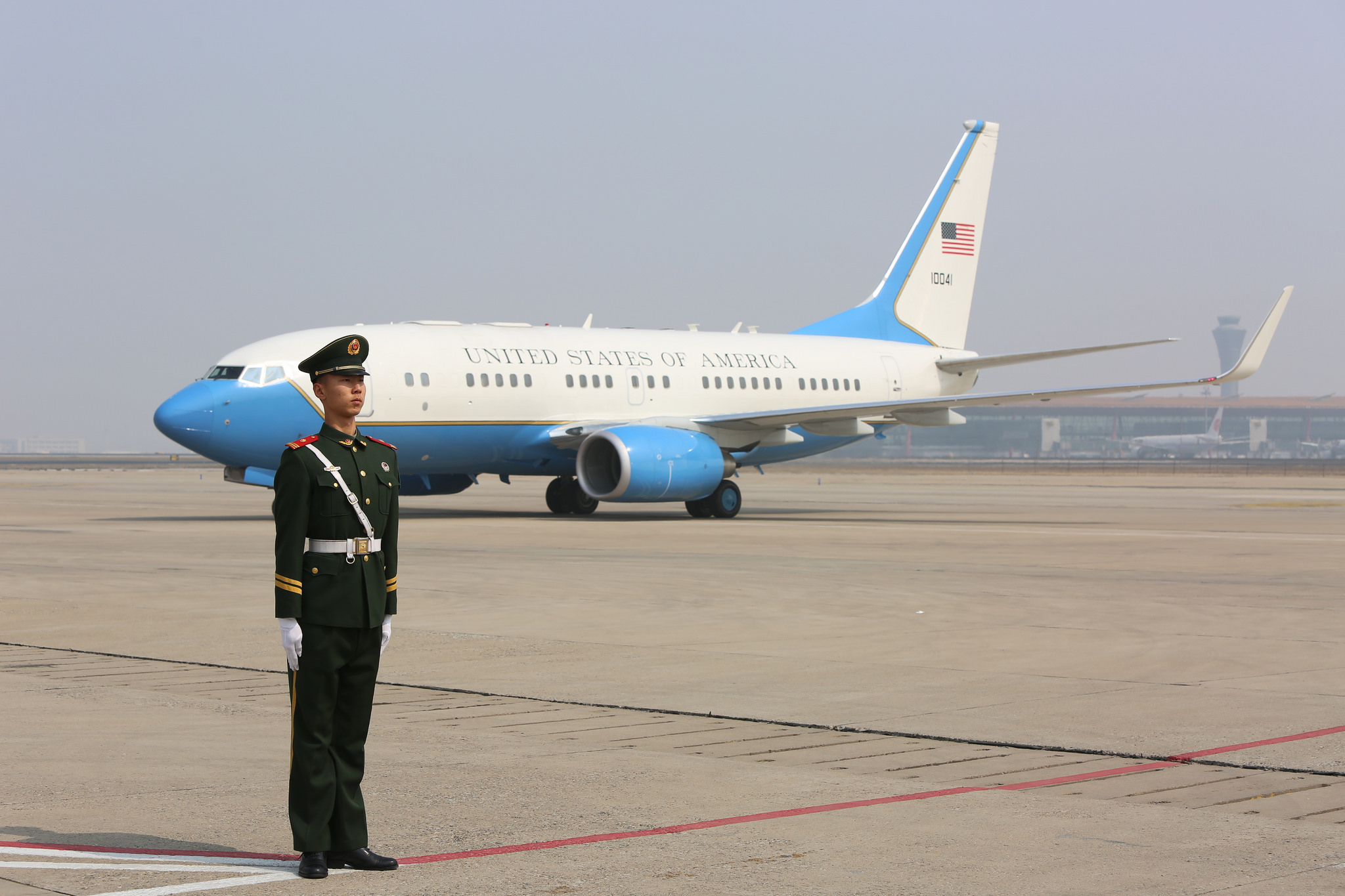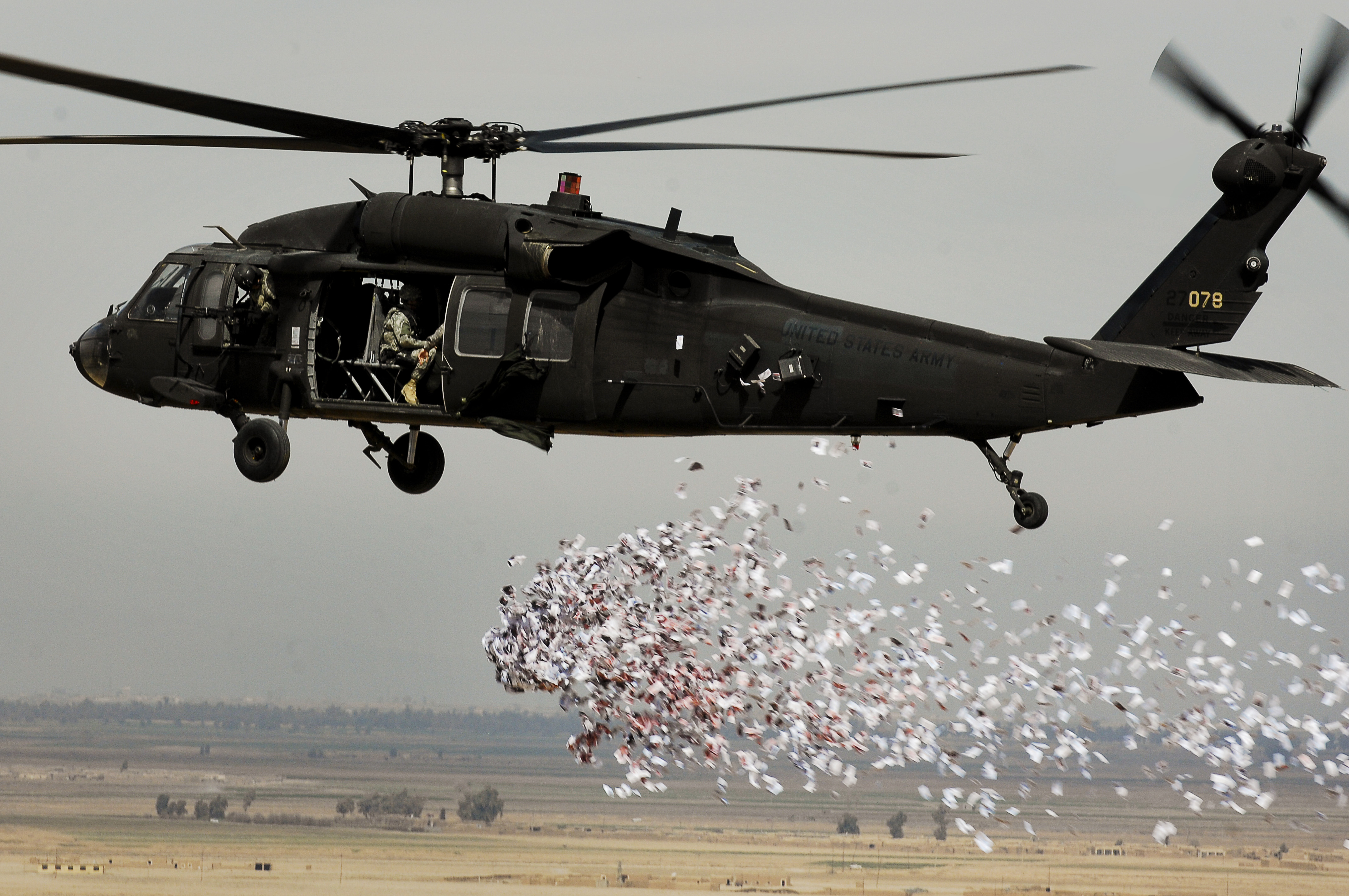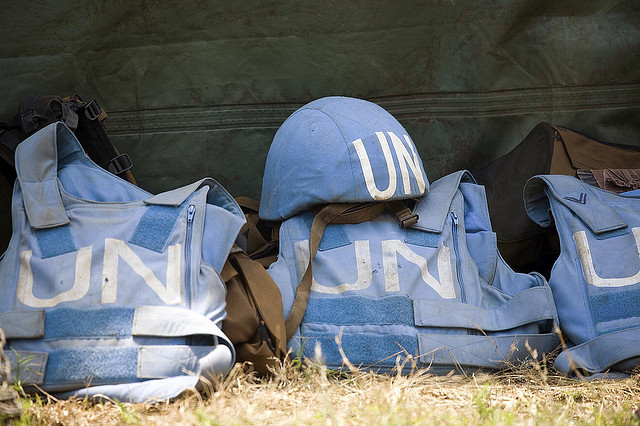North Korea’s nuclear capabilities have rapidly expanded over the past year. In response, the Obama administration cautioned that North Korea should be the premier foreign policy concern for the United States. This February, officials within the Trump administration confirmed that North Korea’s nuclear program posed the “greatest immediate threat” to the US and its allies.
In March, Secretary of State Rex Tillerson declared America’s policy of “strategic patience” towards Pyongyang a failure. The White House, however, has not yet confirmed the specifics of their deterrence policy or clarified how it will differ from past administrations. What, then, are America’s options in deterring North Korea from using its nuclear capabilities?
First, the White House has a choice in which types of weapons they use in their deterrence policy. Here, there is a distinction between conventional deterrence and nuclear deterrence. Conventional deterrence employs the threat of militarized force through the use of non-nuclear weapons to prevent an adversary from taking action. It can be difficult, however, to make conventional deterrence effective. Deterrent threats must be costly enough that they discourage a potential aggressor from acting. This can be tricky with conventional weapons, especially as they are not as destructive as nuclear weapons.
Nuclear deterrence is also not without its problems. Because nuclear weapons are so overwhelmingly destructive, the threat of their use may only be credible – or believable – if an adversary believes an issue is critically important to a defending state’s national security. While the Trump administration has publicly vowed to defeat any attack on South Korea, the president previously suggested he might lessen America’s security commitments in the region. Such contradictory statements can undermine the credibility of American threats. Leaders must also be careful when employing aggressive rhetoric, as failing to back up harsh statements with concrete policies or actions can further erode confidence in American commitments.
Second is the distinction between direct deterrence and extended deterrence. Currently, North Korea does not have the capabilities to directly hit the US homeland with a nuclear missile, although Pyongyang is working towards this ability. Thus, America’s primary concern at present is using its nuclear umbrella to defend strategic allies in the region, like South Korea and Japan.
The problem with extended deterrence, however, lies in making America’s promise to defend its allies through its nuclear capabilities credible. Would the US really be willing to use nuclear weapons in response to provocation from North Korea? South Korean officials certainly have their doubts and have advocated for nuclear “self-reliance.” This concern is warranted, especially given recent contradictory statements about American strategic interests in the region.
Third is the choice between deterrence by denial and deterrence by punishment. In deterrence by denial, an aggressor is deterred from taking action because the defenses of another state are simply too strong to overcome. With respect to denial strategies against nuclear threats, the US has invested heavily in missile defense systems. While this has not been the primary strategy on the Korean peninsula, the White House is currently taking steps to deploy the THAAD system in South Korea. The trouble, however, is that missile defense systems are incredibly costly, and there is no guarantee they will work.
In deterrence by punishment, an aggressor is deterred by threats of a destructive and costly response from the defender. This is the most likely strategy the Trump administration will take, particularly given Secretary of Defense James Mattis’ public statements in South Korea in February. This strategy is appealing for a number of reasons. First, it provides the US with flexibility in how it responds to provocation, allowing for the use of either conventional or nuclear weapons. Second, the threat of punitive military action puts control back in the hands of American decision-makers as they decide when and how to act. Third, the US has the military capabilities to strike against Pyongyang, which can enhance the credibility of American threats.
This strategy is also not without its pitfalls. The same challenges of credibility that plague extended deterrence more generally remain a problem for extended deterrence strategies that employ threats of punishment. Military action could also enhance tensions with China, whose support is critical to finding a solution to the North Korean problem.
Finally, the US could abandon traditional deterrence strategies and instead opt for a pre-emptive strike. In this option, the US would take out North Korea’s nuclear capabilities before Pyongyang has the opportunity to use them. While this policy may seem severe, the Obama administration refused to rule out this approach, and the Trump administration has explicitly clarified that it is keeping every option on the table. Here, the US may be hoping that North Korea will agree to negotiate, lest it face a conventional or nuclear attack. The possibility of pre-emptive strike also signals to America’s allies that the US is taking its regional security commitments seriously.
This option carries genuine risk. Without a full accounting of North Korean capabilities, it will be difficult to adequately target the state’s nuclear facilities or mobile weapon systems. This could leave American allies open to retaliatory attacks with either nuclear or conventional forces. A pre-emptive strike policy could also make North Korea feel more insecure, incentivizing Pyongyang to become increasingly aggressive, as well as creating additional problems with China.
There is also evidence that North Korean leader Kim Jong-un is quite risk acceptant. In other words, he may be willing to accept the risks and costs associated with maintaining his nuclear program despite threats of punishment or the potential for a pre-emptive strike against his state. Thus, even if America is credible in its threats, North Korea may simply be willing to accept the risks that come with their high-stakes nuclear policy.
The White House would be wise to weigh the pros and cons of each of these approaches. While these are not the only coercive policy options available, American decision-makers need to think carefully about how to proceed. In particular, they must consider how they can best communicate America’s commitment to its allies without unnecessarily escalating the situation.







